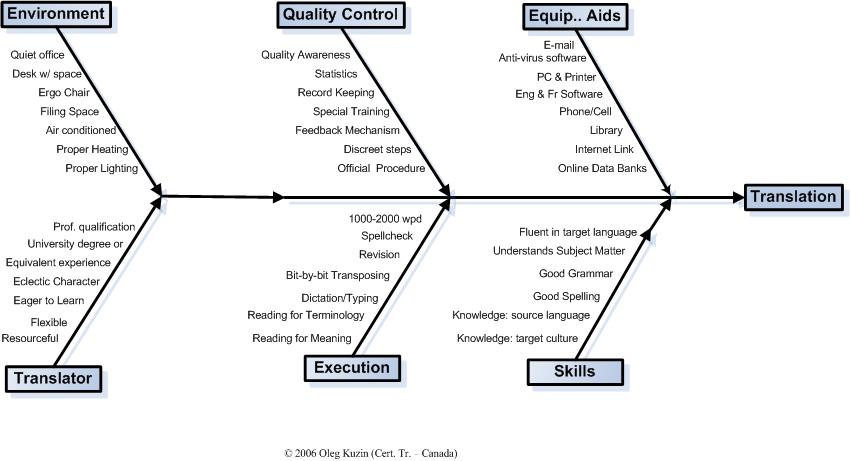

If you want to show specific sequences of causes and effects, a flowchart is the better option:ĬREATE THIS TEMPLATE When you’re looking at correlation, not causation If you are seeking to show this, a mind map might be a better fit.ĬREATE THIS TEMPLATE When the order of causes and effects maters While fishbone diagrams are ideal for scenarios in which there are multiple causes for a single problem, it’s not ideal for the reverse: when there is a common cause for several separate problems. When there’s one cause of multiple problems There are a few situations where you should use a different form of data visualization instead of fishbone diagrams. You can customize this fishbone diagram template to develop concrete plans for improving customer satisfaction: By referencing a fishbone diagram, teams can better identify the best methods for reaching desired outcomes and plan actions accordingly. Planning for desired outcomesįishbone diagrams are also helpful for future planning. Teams can identify where mistakes are being made, revenue is being lost, as well as what activities are leading to the best results. If teams are primarily focused on KPIs, these diagrams can provide context that is otherwise missing, helping folks better understand what’s causing numbers to rise or fall. They are ideal for addressing complex problems that have multiple causes, such as climate change:ĬREATE THIS TEMPLATE Facilitating reflective analysisįishbone diagrams are useful for reflective analysis. The most important thing about these diagrams is that they help teams recognize the reasons behind specific outcomes, or in other words-the root causes that lead to effects. Addressing complex problemsĪs you can see, the fishbone diagram example above allows a viewer to see several factors at once, making it a great diagram for sharing a lot of complex information. Here’s what fishbone diagrams are best used for. For example, this one lists different factors that can lead to a healthy lifestyle.
#Reverse ishikawa diagram how to#
#Reverse ishikawa diagram manual#
More Manual Testing Interview Questions & Answers Interview Question Category : Manual Testing This helps in finding the solutions to the problems which have affected the performance of the last project.

It helps in identifying the potential causes of problems and finally the root cause which make a difference on the performance of the project. So, it is called Cause and Effect Diagram. It performs the job of analyzing the causes and their effects pertaining to the Project. Kaoru Ishikawa invented it so it is called Ishikawa Diagram. It is called Fish Bone Diagram because of its structure.ĭr. Interview Question : What is Fish Bone Diagram? Or Explain Ishikawa Diagram.Īnswer : Fish Bone Diagram is also called Ishikawa Diagram or Cause and Effect Diagram. WinRunner LoadRunner Test Director Silk Test Test Partner


 0 kommentar(er)
0 kommentar(er)
